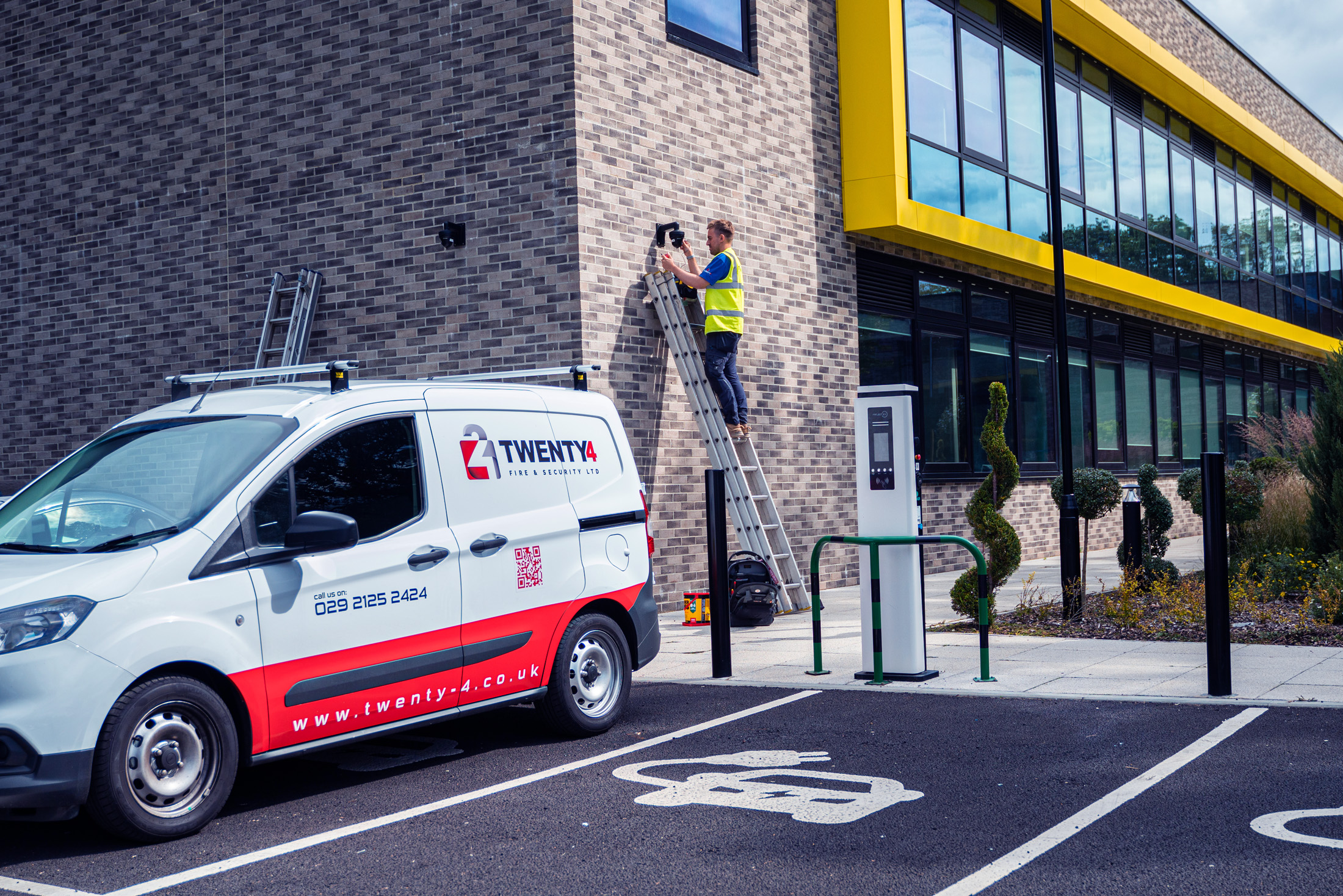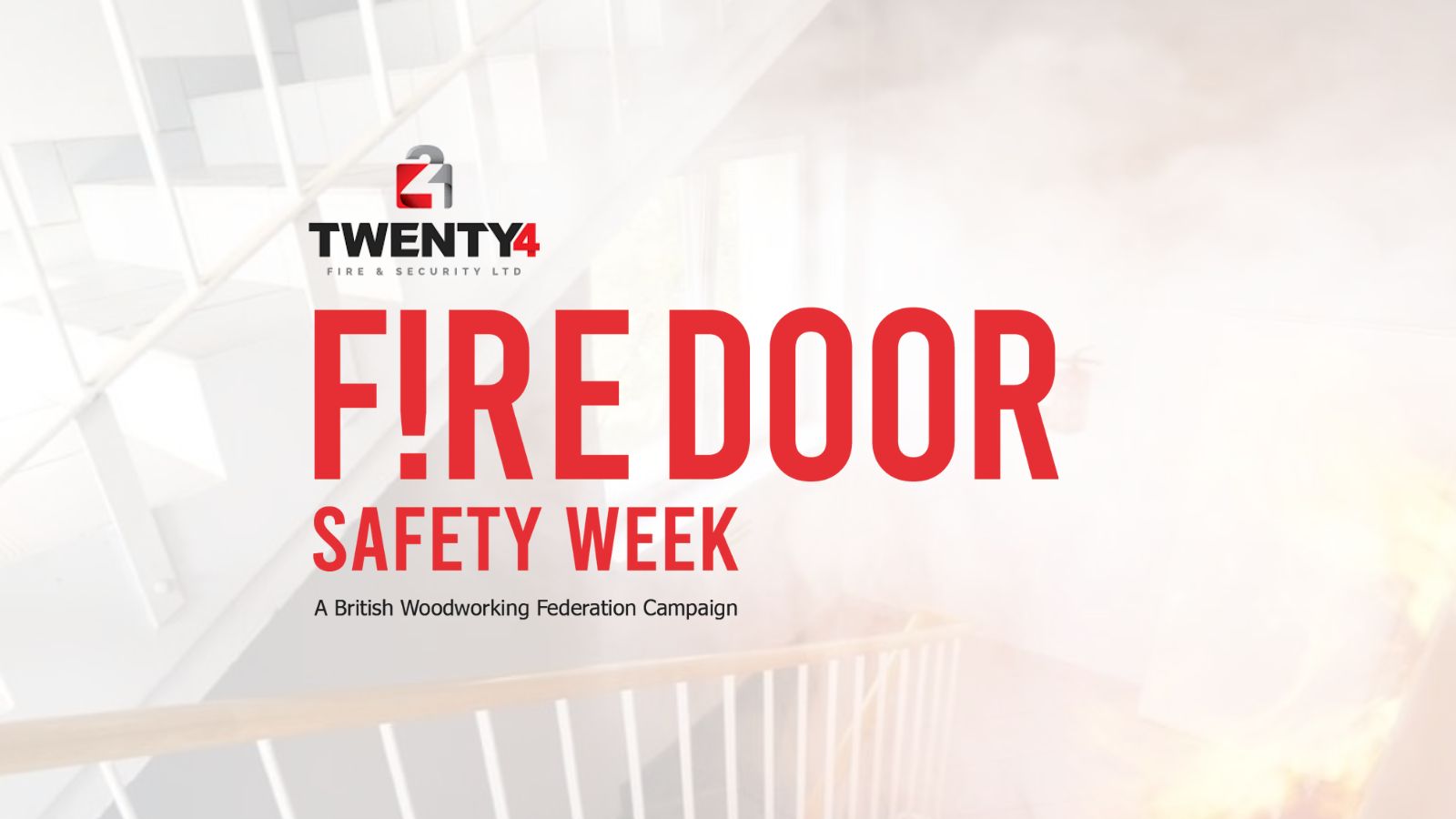When setting up your office, you will understandably be focused on creating a fun, creative and productive workplace in which employees can excel. While the odd Bonsai tree and a posh coffee machine will feel like a necessity, the safety of your workforce should be at the forefront of your mind.
This is why as a boss, it is your responsibility to lead by example when it comes to fire safety, ensuring your office has all the resources and equipment needed to limit fire risks and combat a fire in the event of an outbreak.
And, there are many ways in which you can ensure this, one is making sure the property is equipped with high-quality, compliant fire extinguishers.
Today, we at Twenty4 take a look at the different types of fire extinguishers available to you as well as what the law states when it comes to your fire safety responsibilities.
Fire Classes
Before we dig deeper into which fire extinguishers cater to certain types of fires, we first need to look at how fires are categorised:
- Class A fires – These are fires caused by flammable solids, such as wood, paper, and fabric.
- Class B fires – These are fires caused by flammable liquids like petrol, turpentine, and paint.
- Class C fires – These are fires caused by flammable gases like hydrogen, butane, and methane.
- Class D fires – These are fires caused by combustible metals like magnesium, aluminium, and potassium.
- Electrical fires – These are fires caused by electrical equipment.
- Class F fires – These are fires caused by cooking oils.
Class A Fire Extinguishers
Fire regulations for non-domestic businesses in England and Wales are covered by the ‘The Regulatory Reform (Fire Safety) Order 2005’, also known as the ‘RRO’. This states that all businesses require a minimum of two Class A fire extinguishers on each story of the building. The purpose of these types of extinguishers is to put out wood or paper fires. These are also referred to as ‘carbonaceous’ fires.
3-litre foam extinguishers, 6-litre foam extinguishers and 9-litre water extinguishers all come under the Class A fire extinguisher category. The size of the extinguishers themselves will depend on the size of the property in which they will be housed. This will become apparent after you have carried out a Fire Risk Assessment, something most businesses need to conduct annually by law.
CO2 Fire Extinguishers
CO2 fire extinguishers will be required if you have electrical equipment in your place of work.
This includes items such as computers and generators; making them standardised items for the majority of businesses in the UK. These include office blocks, shops, hospitals, schools, warehouses, etc.
CO2 extinguishers are easy to distinguish as they have a black coloured label as well as large black ‘horn’. What’s more, is that they are easy to use and are also capable of putting out flammable liquid (Class B) fires.
Dry Powder and Wet Chemical Fire Extinguishers
Dry Powder fire extinguishers are multi-purpose extinguishers, capable of handling Class A, B, C, D, and Electrical fires.
Wet Chemical fire extinguishers are used mainly for kitchens with deep-fat fryers, being the only extinguishers recommended for putting out fires involving cooking oil. However, they can also prove pretty helpful in the event of a Class A fire.
These are both regarded as ‘specialist’ extinguishers and should be located in close proximity to specific fire risk; next to a fryer for example.
Need help making your business ‘fire-safe’?
If you are struggling to keep up with your business’ fire safety responsibilities, then you have certainly landed on the right website. Here at Twenty4, we enjoy supporting all types of businesses across the South Wales region, offering a variety of fire safety services and solutions.
These briefly comprise of:
- Fire Extinguisher hire
- Fire Alarm Systems
- Fire Doors
- Fire Door Retainers
- Fire Risk Assessments
- PAT Testing
For more details and a free quote, contact us at Twenty4 today. From here, we will be able to ascertain what your business needs in the way of fire extinguishers.





